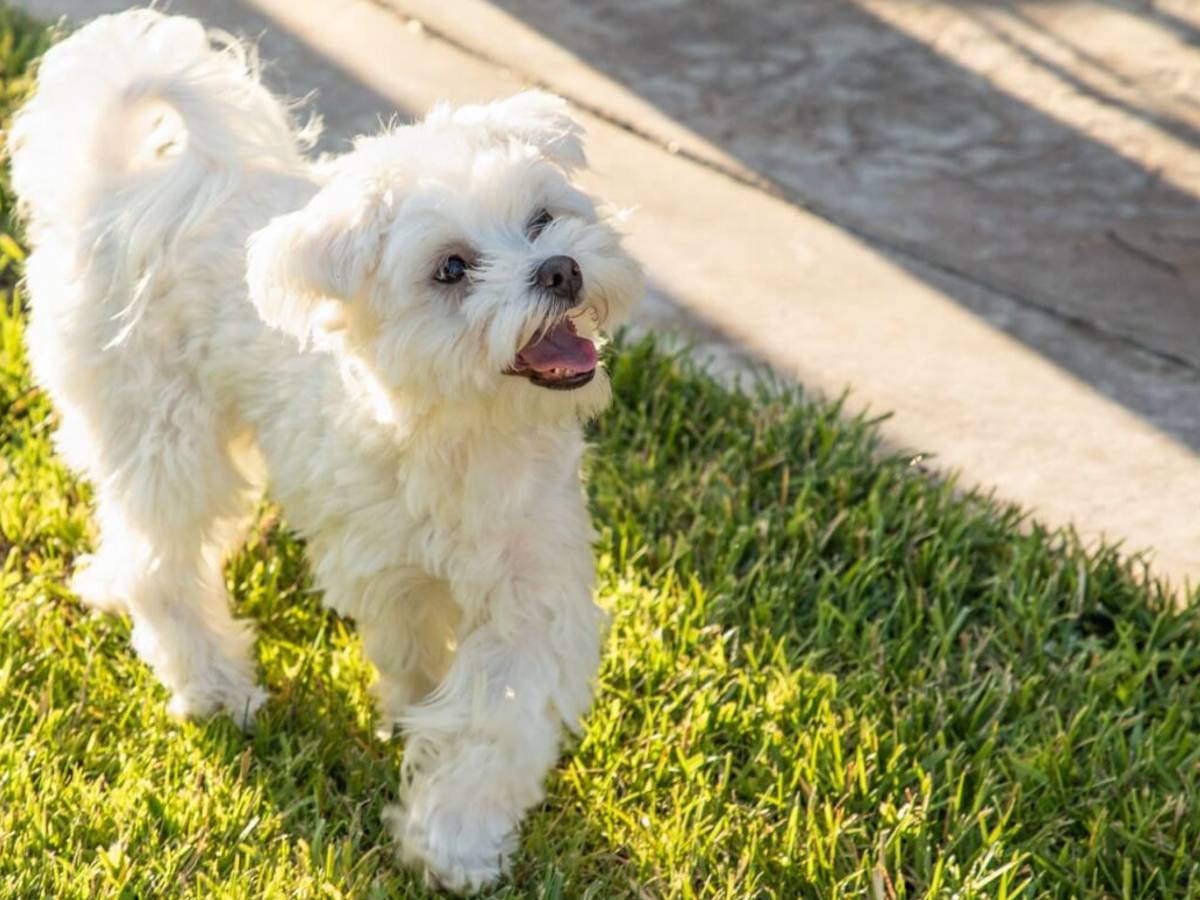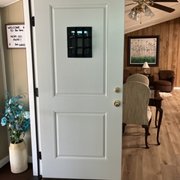When considering the pet turf installation, paying close attention to several key factors that can greatly influence the turf’s longevity and hygiene is essential. One primary concern is the issue of aeration, which refers to how well the turf allows air to circulate through its layers. Adequate aeration is crucial because it helps to prevent the accumulation of moisture and the consequent growth of bacteria, which can lead to unwanted odors. Additionally, proper drainage is equally significant. A turf that does not drain well will retain urine and moisture, creating an ideal environment for bacteria and odor. Therefore, the turf’s design should ensure efficient drainage to quickly channel away liquids.
Another critical aspect is the neutralization process. This involves using materials and treatments that counteract or neutralize the odors typically associated with pet waste. Companies specializing in pet turf installation often incorporate specific infill materials that help to neutralize odors and maintain a hygienic surface. It’s important to inquire about these materials and their effectiveness. Moreover, routine maintenance is pivotal in keeping the turf in optimal condition. Regular cleaning and the use of appropriate cleaning agents can significantly reduce the occurrence of unpleasant odors. In summary, when installing artificial turf for pets, it’s vital to consider aeration, drainage, and neutralization to ensure a durable, hygienic, and odor-free environment.
Quality of Pet Turf Installation
The quality of artificial turf varies significantly across different products, impacting not just its appearance but also its functionality, especially when it’s intended for pet use. On one end of the spectrum, some turfs may feel more like plastic, lacking the texture and resilience of natural grass. On the other end, high-end synthetic fibers are engineered to mimic natural grass closely in feel and appearance. EasyTurf synthetic grass is an exemplar in this category. It boasts a softer blade that enhances its natural look and aligns with environmental guidelines, making it a superior choice for pet owners.
In artificial turf, it is essential to prioritize pet turf installation options. Such certification ensures that the turf is safe for pets, both in terms of the materials used and the overall design, which should cater to the specific needs of animals. Quality is a paramount factor in determining the turf’s longevity. High-quality artificial grass, like EasyTurf, can last up to 15 years, making it a long-term investment. Therefore, it is advisable to invest time in researching the quality of the turf before making a decision. Choosing a top-tier product ensures a more aesthetically pleasing and natural-feeling lawn and a durable and safe environment for your pets, ultimately avoiding future regrets and additional costs associated with lower-quality alternatives.
Odor Protection
Odor management is crucial to installing pet turf installation, particularly for pet owners. One of the main challenges with artificial turf is its inability to absorb and break down pet urine naturally, unlike natural grass. When pets urinate on artificial turf, the urine can bond with the turf’s backing, creating a persistent and unpleasant odor. While solid waste can be picked up and washed away, urine is more persistent due to its liquid nature and tendency to seep into the turf’s layers. This issue is compounded over time, especially if the turf lacks adequate drainage or is not properly maintained.
Focusing on the installation process and ongoing maintenance is essential to combat this issue. Professional installation, such as the service provided by companies like Ameriside, often involves a layered approach that uses porous materials for better drainage and specialized infills designed to neutralize odors. This approach significantly reduces the likelihood of urine bonding with the turf backing. In addition to professional installation, regular maintenance is key. This includes routine cleaning and using products formulated to neutralize and eliminate pet odors. By addressing these factors, pet owners can enjoy the benefits of artificial turf without the drawback of unpleasant odors.
The Quality of Installation
A professional installation of artificial turf guarantees an aesthetically pleasing appearance. It significantly enhances the turf’s durability and safety. Expert installers ensure it is laid uniformly, eliminating uneven areas that could cause tripping hazards. This aspect of installation is particularly crucial in yards used by pets. Pets, especially active or rough ones, can stress the turf considerably. If the turf is not installed correctly, with seamless edges and proper anchoring, it can lead to lifting or shifting of the turf, which poses a safety risk and accelerates wear and tear.
For pet owners, the longevity of their investment in artificial turf is a key concern. A professionally installed lawn withstands the rigors of pet play better than a poorly installed one. Proper installation involves ensuring the turf is adequately secured, with attention to detail at the edges and seams to prevent lifting or unraveling. This attention to detail helps to reduce damage over time, even with active pets. Moreover, a well-installed turf maintains its aesthetic appeal and functional integrity over a longer period. It is a wise investment for pet owners who want a safe, durable, and attractive outdoor space.
Infill Quality
Artificial grass infill is essential, providing support and stability to the synthetic blades. Typically, there are two common types of infill: silica granules and crumb rubber. Silica granules are known for keeping the grass blades upright and ensuring efficient drainage, making them a popular choice for residential installations. They are safe for pets and children, adding to their appeal. Crumb rubber, on the other hand, is more commonly used in athletic fields for its superior cushioning and impact absorption. However, concerns about its environmental and health implications, especially in areas frequented by pets and children, have led some to seek alternatives.
For pet owners, an artificial turf deodorizer is a noteworthy alternative to traditional infill materials. This option is particularly beneficial as it specifically addresses the issue of odor control, a common concern in areas used by pets. These deodorizers are typically eco-friendly and non-toxic, making them a safe choice for pets and the environment. Pet owners can maintain a fresh, odor-free lawn without compromising their artificial turf installation’s safety and environmental aspects by opting for a deodorizer as an infill.
Installing Your Pet Turf System
If you’re ready to install an artificial lawn for your pets, schedule a free consultation with Ameriside at 855-503-8139. Ask us about financing and easy payment options!
Frequently Asked Questions
Is Artificial Turf Safe For Pets?
Yes, high-quality artificial turf is designed to be safe for pets. It’s made from non-toxic materials and provides a durable, easy-to-clean surface for pets to play on. However, it’s important to choose pet-friendly turf and ensure proper installation for maximum safety.
Can Artificial Turf Help With Odor Control for Pet Owners?
Artificial turf can help control odors, especially when installed with a specialized infill designed for odor neutralization. Regular cleaning and using turf deodorizers also play a significant role in managing odors.
How Often Should Artificial Turf Be Cleaned?
Cleaning frequency depends on usage, but a monthly rinse is generally recommended for artificial turf. If pets use the turf, more frequent cleaning may be necessary to prevent odors and maintain hygiene.
Does Pet Turf Installation Require Any Special Maintenance?
Artificial turf requires minimal maintenance compared to natural grass. Regular cleaning, occasional rinsing, and brushing to keep the blades upright are generally sufficient.
Can Artificial Turf Withstand Rough Play From Pets?
Yes, good quality pet turf installation is designed to be durable and withstand rough play. However, the turf’s resilience largely depends on its quality and installation.



























